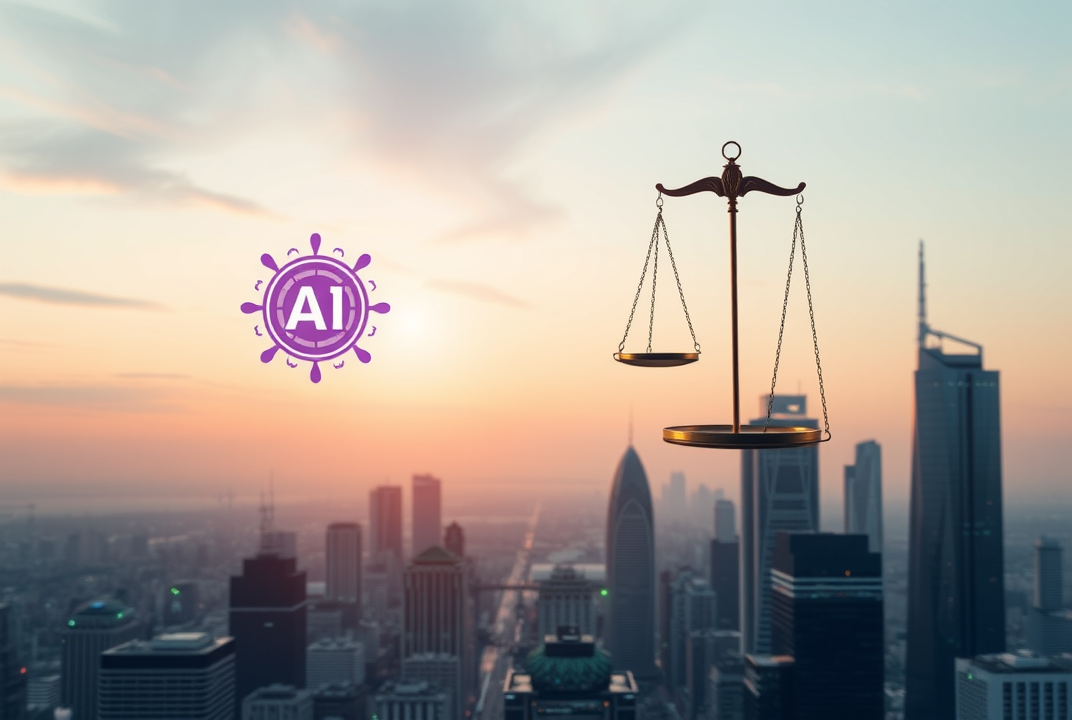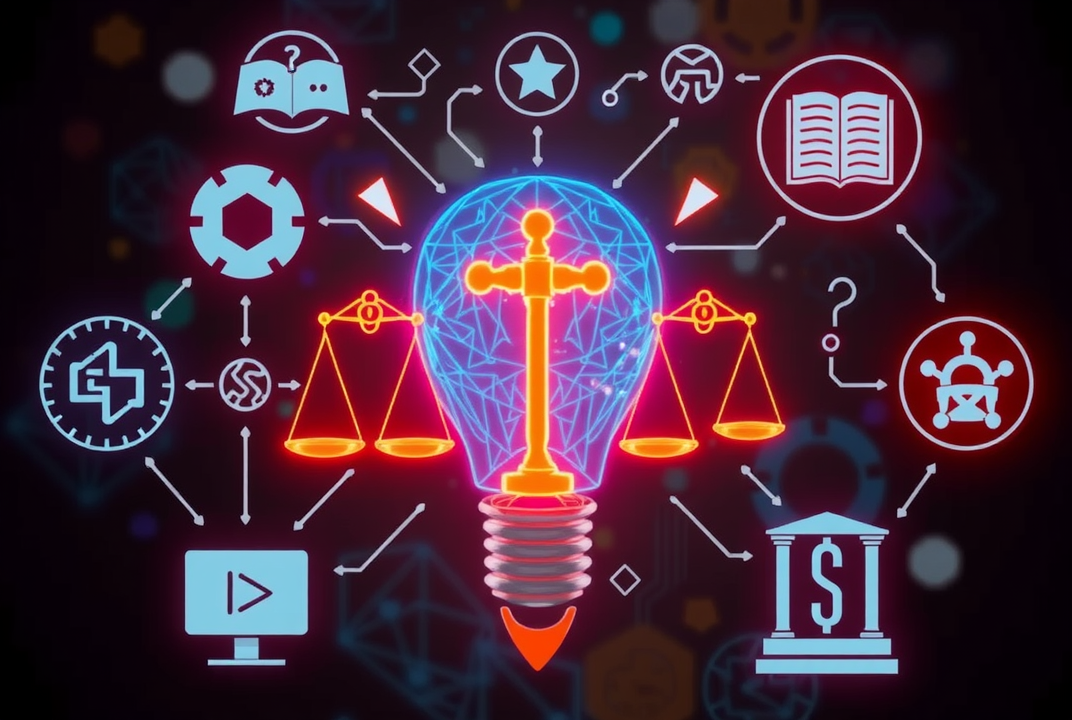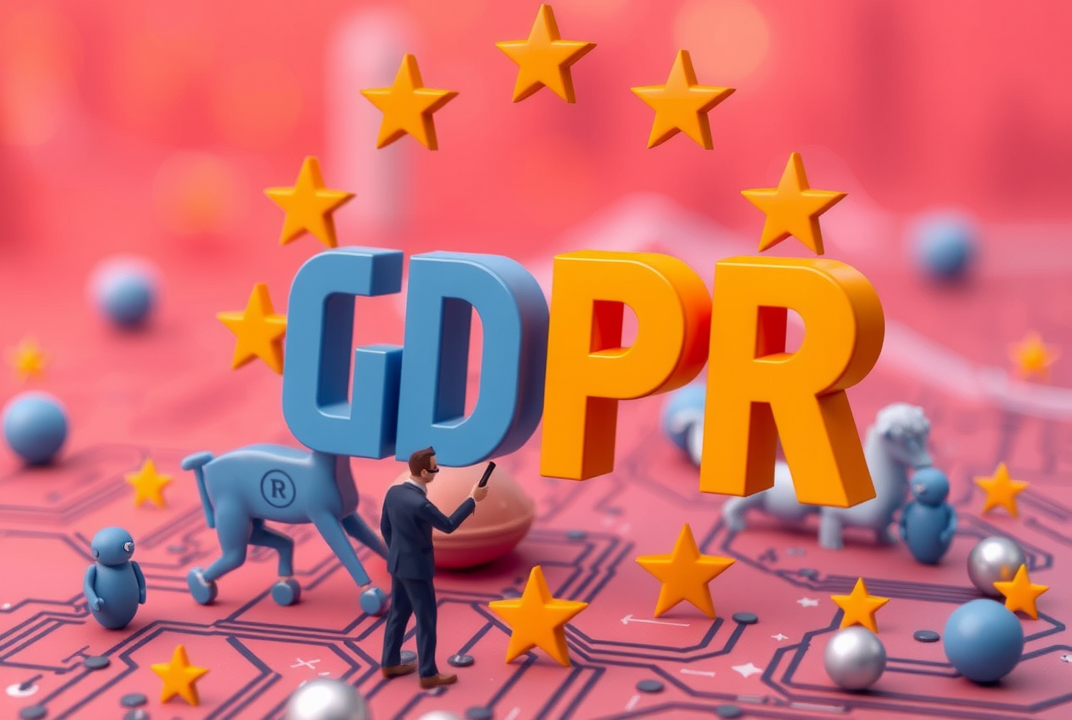Regulating AI Technologies: Navigating Challenges with Insight

Introduction
Are we ready to govern the advancements of AI? As artificial intelligence continues to advance rapidly, the question of how to effectively regulate these technologies becomes imperative. Regulating AI is not merely about enforcing rules; it involves striking a balance between fostering innovation and ensuring ethical standards. In this article, we will explore the challenges faced in regulating AI technologies and the potential solutions that are emerging in response to these complexities.
Understanding AI Regulation

AI regulation refers to the laws and policies that govern the deployment and use of artificial intelligence systems. These rules are designed to ensure that AI technologies are developed and deployed responsibly, ethically, and transparently. The regulatory landscape varies significantly across different regions and sectors, which poses one of the primary challenges in creating a cohesive approach to AI governance.
The Complexity of AI Systems
AI systems are inherently complex, often composed of multiple algorithms that operate on vast datasets. This complexity makes it difficult for regulators to fully understand and predict the behavior of AI systems, hence complicating the creation of comprehensive regulations. Moreover, the "black box" nature of many AI models, where decision-making processes are not easily interpretable, adds another layer of difficulty.
Balancing Innovation and Oversight
Striking a balance between encouraging innovation and enforcing oversight is crucial. Unregulated AI can lead to unethical applications, but overregulation may stifle technological advances. Lawmakers must find a middle ground that allows for the safe deployment of AI technologies while encouraging progress.
Case Study: The General Data Protection Regulation (GDPR)

The GDPR in Europe provides an interesting case study on how regulation can impact AI. While its primary focus is on data protection, its implications for AI are profound. For instance, GDPR mandates transparency in automated decision-making, a requirement that challenges many AI systems' "black box" methods. By analyzing GDPR's role in tech regulation, policymakers can learn valuable lessons about balancing privacy concerns with AI progress.
Addressing Ethical Concerns
Ethical considerations are a cornerstone of AI regulation. Ensuring that AI systems operate without bias and prejudice is critical. Regulators face the challenge of embedding ethics into AI frameworks, which requires ongoing dialogue among technologists, ethicists, and lawmakers.
Ethical Guidelines and Standards
Organizations like the IEEE and various national bodies have begun to develop ethical guidelines for AI. These frameworks aim to promote a shared understanding of ethical AI design and usage. However, translating these guidelines into enforceable laws is another challenge in the regulatory process.
The Role of Stakeholders
Effective AI regulation requires collaboration among multiple stakeholders, including governments, private sector players, academicians, and the civil society. This collaboration ensures that diverse perspectives are considered, leading to more robust regulatory frameworks.
Industry and Governance Collaboration

The private sector has a significant role in AI regulation. Companies can contribute to the development of standards by offering insights from practical deployments. Collaborative efforts between industry leaders and governments can result in regulations that are both practical and innovative.
Technological Neutrality and Flexibility
One of the challenges is designing regulations that are technologically neutral and flexible enough to accommodate future advancements. AI technology is not static; it evolves continuously, and regulations must be adaptable to keep pace.
Future-Proof Regulations
Creating regulations that are forward-looking requires a dynamic approach that accounts for potential technological shifts. This involves anticipating future developments and creating frameworks that can easily adapt, ensuring that AI governance remains relevant.
Conclusion
In summary, the challenges of regulating AI technologies are multifaceted, involving complexities in systems, ethical considerations, and balancing innovation with oversight. Collaborative approaches and adaptable frameworks are essential for effective regulation. Looking ahead, fostering an open dialogue among all stakeholders will be key to ensuring that AI technologies are developed and used for the betterment of society. Policymakers and industries must work together to craft regulations that promote ethical AI while encouraging continued innovation.